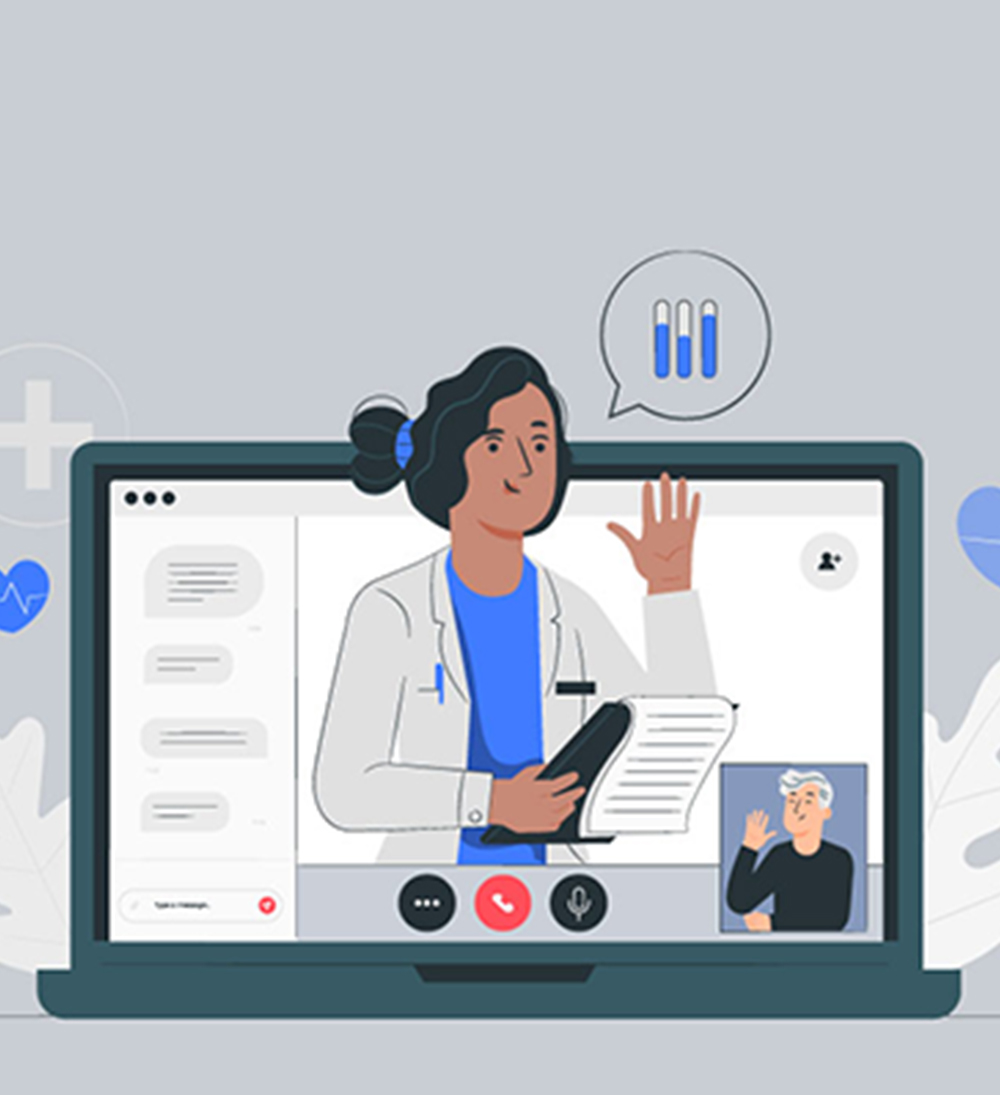Remote Patient Monitoring Program
6-Point Checklist to a Successful Remote Patient Monitoring Program

Blog
6-Point Checklist to a Successful Remote Patient Monitoring Program

The need for Virtual healthcare solutions have tremendously increased in the face of the Public Health Emergency (PHE) shining a spotlight on the digital health platforms including Remote Patient Monitoring and telemedicine solutions.
Harnessing data-driven health insights combined with AI-powered digital solutions can accelerate and enhance the value of Remote Patient Monitoring Solutions (RPM) — enabling high-quality care and better health outcomes.
Remote Patient Monitoring Solutions have reimagined care delivery, especially in the wake of the global pandemic. The need for Virtual healthcare solutions have tremendously increased in the face of the Public Health Emergency (PHE) shining a spotlight on the digital health platforms including Remote Patient Monitoring and telemedicine solutions. The RPM industry is prognosticated to reach a staggering $2936M in 2025 growing at a CAGR of 12.22% from 2019 to 2025.
While the healthcare ecosystem has innovated new strategies to meet the changing consumer needs, Hospitals and Medical Practices are faced with new challenges in addressing the rising demands of the evolving healthcare landscape.
From hospital capacity gaps, Physician burnout, readmission, reimbursements, anytime and anywhere care delivery, timely intervention, care plan adherence—Remote Patient Monitoring platforms facilitate a centralized solution designed to address the varying concerns of the key stakeholders including the patients, physicians, care coordinators, payors and the pharma. This blog outlines a 6-point checklist that ensures a successful Remote Patient Monitoring Program.
SolvEdge’s Patient Monitoring programs are designed using the above criteria and also offers customized Remote Patient Monitoring solutions that accelerate our clients’ digital transformation journeys. We create holistic patient engagement solutions that help organizations achieve the #TripleAim of driving clinical, operational and financial excellence. From small Practices to Fortune 500s, our comprehensive patient engagement solutions are trusted by 450+ Hospitals, 4500+ Physicians and millions of patients across the globe.
To get your personalized and free consultation on our Remote Patient Monitoring solutions, Give us a shout!
From our humble beginnings as a healthcare start-up—to becoming a full-blown healthcare-exclusive digital transformation provider, our journey has been quite a remarkable one. Today, SolvEdge is a leading-edge Healthcare services and solutions provider—trusted by 450+ Hospitals, 3500+ Physicians and millions of patients across the globe.